 Everyone thought the worst was over when credit-reporting agency Equifax revealed that the credentials of 145.5 million people in the US were leaked. However, the company recently discovered that there are more victims from the major breach. Here’s everything you need to know.
Everyone thought the worst was over when credit-reporting agency Equifax revealed that the credentials of 145.5 million people in the US were leaked. However, the company recently discovered that there are more victims from the major breach. Here’s everything you need to know.
What happened?
On March 1, Equifax reported that the names and driver’s license numbers of approximately 2.4 million Americans were stolen. According to the company, sensitive information like home addresses, home states, or the license issue and expiration dates were not leaked. Equifax said these breaches were discovered only recently because their forensic investigations primarily focused on stolen Social Security numbers.
In response, the company said that anyone affected would be notified directly. They’re also now offering a security program designed to prevent identity theft and credit tampering. However, given the company’s poor track record, not many are willing to enroll.
When the company first announced the breach in September last year, the tool used to check whether an account had been hacked didn’t work and came up with false positives. Fortunately, there are other things you can do to protect yourself.
Monitor your credit
Consider looking through your credit reports for any suspicious spending. If you spot any new accounts, loans, and other payments you don’t recognize, contact your credit card company to report fraudulent transactions.
Check the dark web
Compromised data is often sold to the highest bidder on the dark web, so most Equifax data can probably be found there. To see whether your personal information has indeed been compromised, sign up for dark web monitoring services. Then consult with a security professional to discuss your options.
Place a credit freeze
One way you can prevent hackers from opening credit cards and making payments in your name is to freeze your credit. When you implement this, anyone masquerading as you will be required to provide a PIN to unfreeze your account. Contact the credit bureaus (Equifax, Experian, TransUnion) to activate this service.
Set fraud alerts
When you set a fraud alert, credit card companies and businesses must verify your identity before opening an account or making any payments. Together with a credit freeze, alerts will make it extremely difficult for hackers to steal your identity.
Learn to identify phishing scams
Because Equifax is notifying data breach victims directly through email, hackers could take this opportunity to send fake messages that direct users to dangerous websites. As such, knowing how to identify phishing scams (suspicious URL links, attachments, and spelling errors) is vital.
Dealing with data breaches is a long and frustrating process, especially for businesses that just want to focus on growing their operations. So if you have any security concerns, call us today. We have the cybersecurity expertise to protect you.

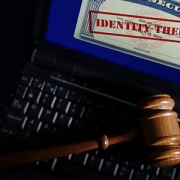

 During the previous quarter, fake Chrome notifications urging users to dial a tech support number have grown dramatically. Research reveals that this tech support scam could possibly use an Application Programming Interface (API) to freeze the browser, convincing the user to get in touch with the support line and share their credit card details.
During the previous quarter, fake Chrome notifications urging users to dial a tech support number have grown dramatically. Research reveals that this tech support scam could possibly use an Application Programming Interface (API) to freeze the browser, convincing the user to get in touch with the support line and share their credit card details.
 One of the most frustrating things about using email is seeing dozens of spam messages every day. Fortunately, they’re just minor annoyances that are easy to remove from your inbox. However, hackers have developed a way to make spam much more insidious. Here’s what you need to know about modern spam attacks.
One of the most frustrating things about using email is seeing dozens of spam messages every day. Fortunately, they’re just minor annoyances that are easy to remove from your inbox. However, hackers have developed a way to make spam much more insidious. Here’s what you need to know about modern spam attacks.
 When it comes to security updates, time is usually of the essence. The longer you wait to install a fix from a vendor, the higher the risk of being compromised. But in the cases of the Meltdown and Spectre flaws, you might be better off waiting until a more reliable patch is released. Let’s review what’s going on and what the best course of action currently is.
When it comes to security updates, time is usually of the essence. The longer you wait to install a fix from a vendor, the higher the risk of being compromised. But in the cases of the Meltdown and Spectre flaws, you might be better off waiting until a more reliable patch is released. Let’s review what’s going on and what the best course of action currently is.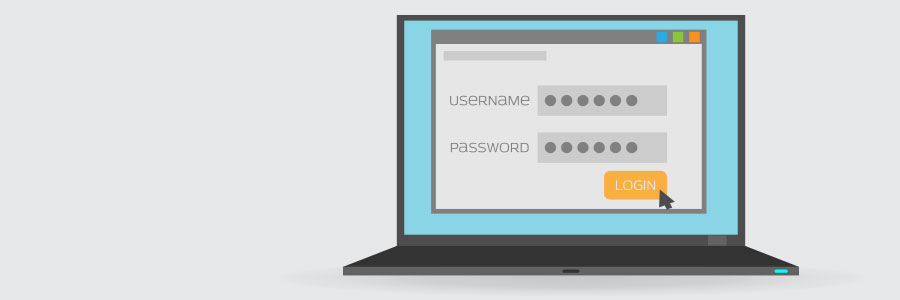
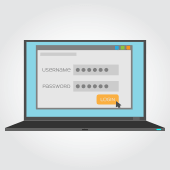 Passwords are a double-edged sword. If you make them too simple, they’ll be easy to guess; if you make them too complex, they’ll be impossible to remember. One solution is to create an uncrackable password and save it to your browser. Unfortunately, recent research suggests that tactic could drastically reduce your privacy.
Passwords are a double-edged sword. If you make them too simple, they’ll be easy to guess; if you make them too complex, they’ll be impossible to remember. One solution is to create an uncrackable password and save it to your browser. Unfortunately, recent research suggests that tactic could drastically reduce your privacy.
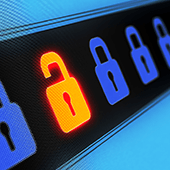 When you visit an encrypted website, the connection between the source of the web page and your browser is secure. Encryption ensures users’ browsing habits are safe from hackers’ prying eyes, but phishing scammers have found a way to adopt it for their own schemes.
When you visit an encrypted website, the connection between the source of the web page and your browser is secure. Encryption ensures users’ browsing habits are safe from hackers’ prying eyes, but phishing scammers have found a way to adopt it for their own schemes.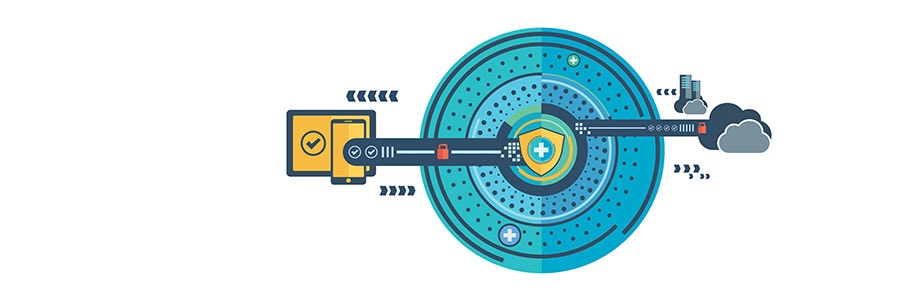
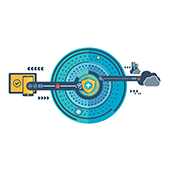 Installing powerful antivirus software and setting strong passwords are no longer considered the bare minimum in cybersecurity. With hackers, government agencies, and ISPs constantly monitoring networks and your online habits, hopping onto a Virtual Private Network (VPN) is crucial for keeping your surfing habits private. Here’s why.
Installing powerful antivirus software and setting strong passwords are no longer considered the bare minimum in cybersecurity. With hackers, government agencies, and ISPs constantly monitoring networks and your online habits, hopping onto a Virtual Private Network (VPN) is crucial for keeping your surfing habits private. Here’s why.
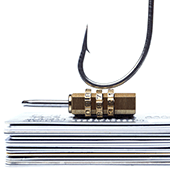 Your passwords are the gateway to your files, money, and identity, so it’s no surprise that hackers are constantly trying to steal them. Most cybercriminals will use malware to do the trick, but they also have other means at their disposal. Google’s year-long security investigation provides the details.
Your passwords are the gateway to your files, money, and identity, so it’s no surprise that hackers are constantly trying to steal them. Most cybercriminals will use malware to do the trick, but they also have other means at their disposal. Google’s year-long security investigation provides the details.
 For ages, most people assumed that setting a strong password on their WiFi router was enough to prevent cyberattacks, but recent events prove otherwise. Two Belgian security analysts have found a serious weakness in WiFi networks, called KRACK, that puts your wireless devices in danger.
For ages, most people assumed that setting a strong password on their WiFi router was enough to prevent cyberattacks, but recent events prove otherwise. Two Belgian security analysts have found a serious weakness in WiFi networks, called KRACK, that puts your wireless devices in danger.
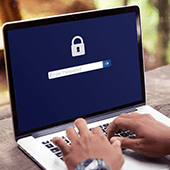 A password policy designed for federal agencies must be secure, right? Surprisingly, that hasn’t been the case according to the National Institute of Standards and Technology (NIST). On the hook for the password best practices that we still use today — the combination of letters, capitalizations, and numbers — NIST admits that the existing guidelines were misguided. Find out why and how it involves you.
A password policy designed for federal agencies must be secure, right? Surprisingly, that hasn’t been the case according to the National Institute of Standards and Technology (NIST). On the hook for the password best practices that we still use today — the combination of letters, capitalizations, and numbers — NIST admits that the existing guidelines were misguided. Find out why and how it involves you.